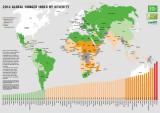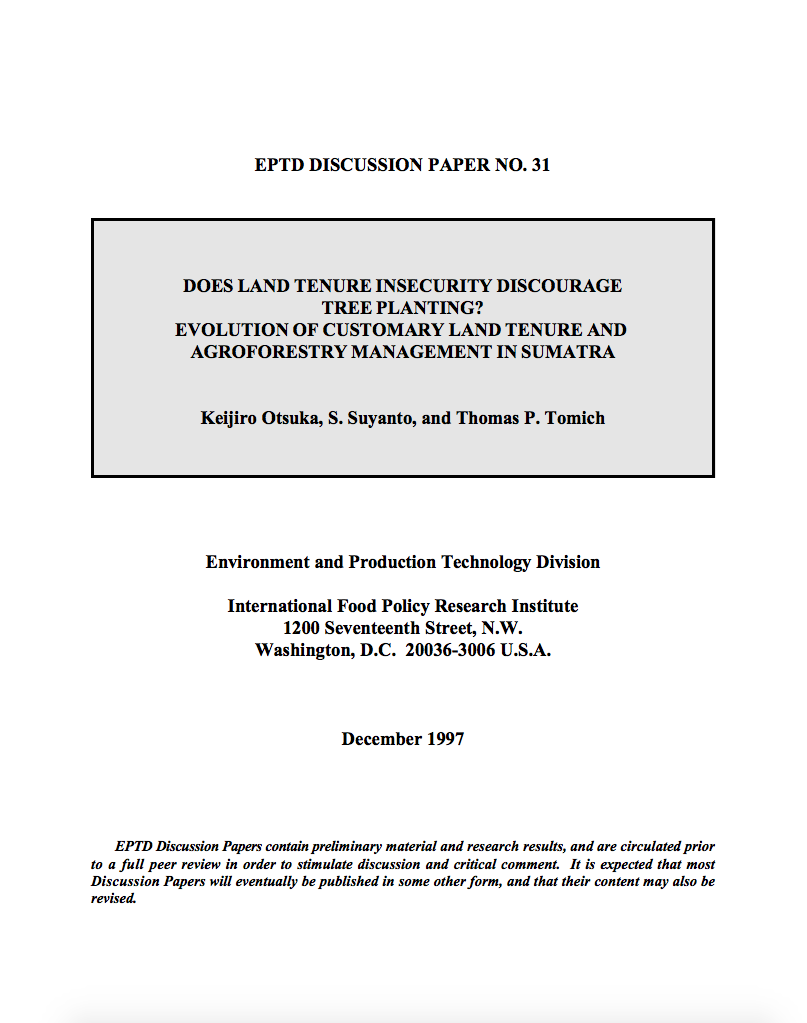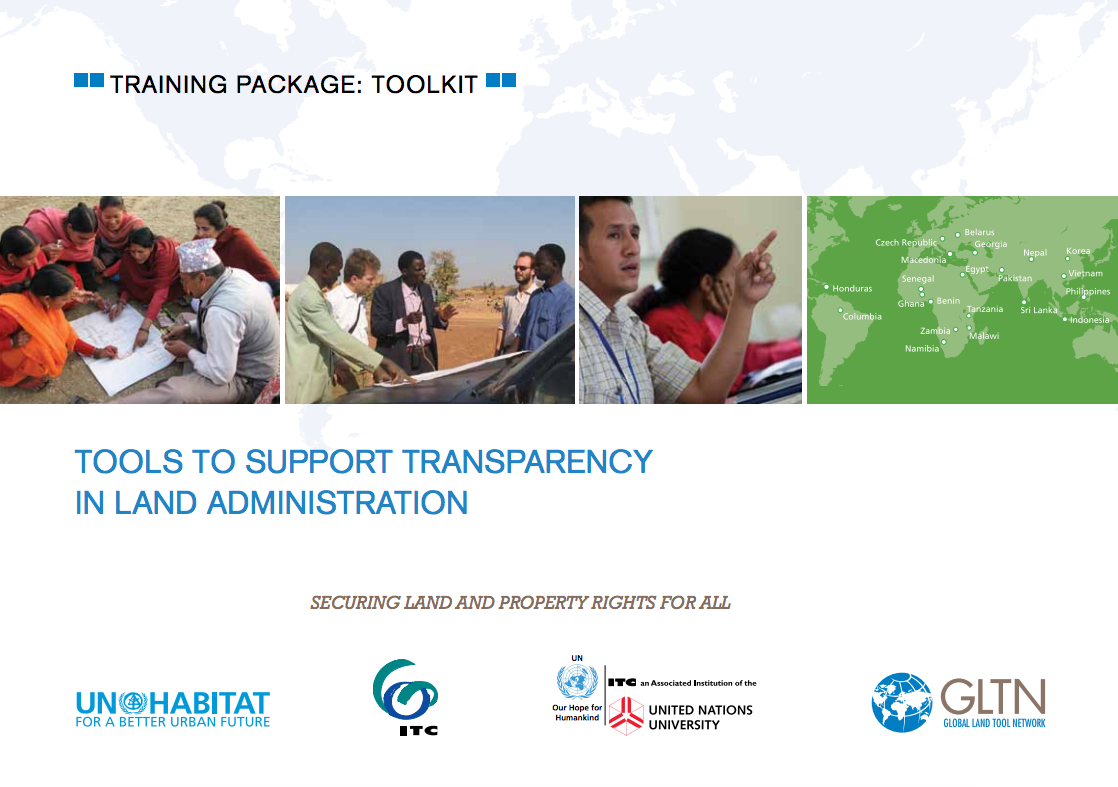Land-abundant agricultural growth and some of its consequences: The case of Thailand
Agricultural growth in Thailand from the Second World War until about 1980 was dominated by a massive expansion in the land area under cultivation. During this period Thailand was probably the only country in Asia that saw an expansion in cultivated land per agricultural worker (figure 5.1). The availability of land allowed agriculture to continue to absorb large amounts of labor, with the consequence that Thailand still has a larger proportion of its labor force in agriculture than other Asian countries at similar income levels (figure 5.2).1









